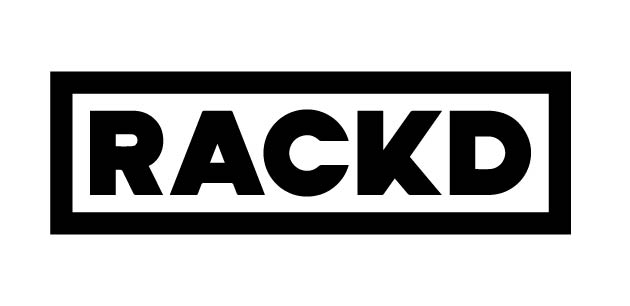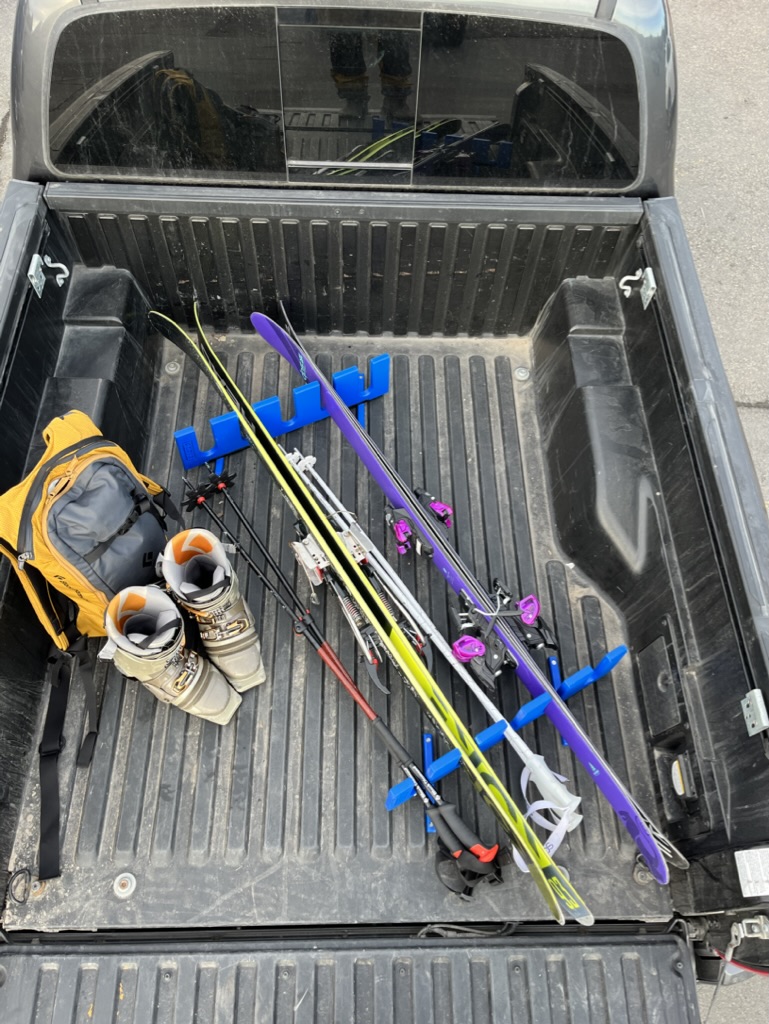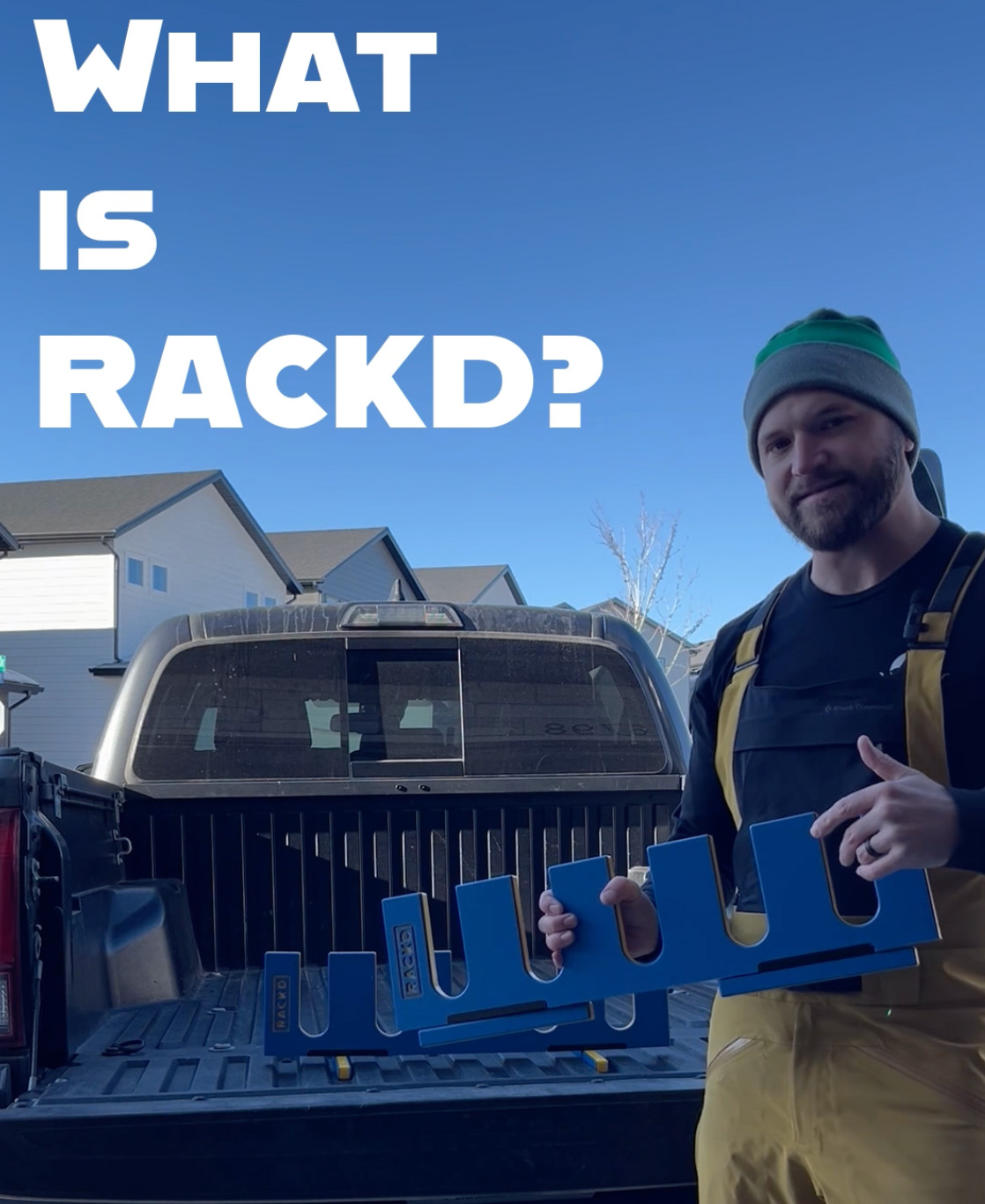We were lucky to catch up with Ben Miller recently and have shared our conversation below.
Ben, appreciate you joining us today. What do you think matters most in terms of achieving success?
The first step towards being successful is defining what “success” means to you. Is that financial success? Position or rank at your company? Having a bunch of kids and sustaining a large family? Or is success simply measured by the incremental achievements that help you reach your full human potential?
I think most people would say that success for them is some combination of the above. But I have found that finding success in the incremental achievements is the most rewarding and fulfilling. There will always be another top, corporate job. There will always be more money to be made. There will always be more activities and trips to take with your family. But if you recognize success in the steps that you take that push you, stretch you, and challenge you, you might have greater appreciation for yourself and others that help along the way.
So that’s my definition of success, and getting there is simple in theory but challenging in practice. What it takes is an unwavering desire to find the next step. The next milestone. The next move. When I was in the Army I was told that there was always one more thing I could do to tilt a situation in my favor. So I’ve applied that mentality to success in business. I think that if you are positively impacting your situation, or making forward momentum, then you are successful.
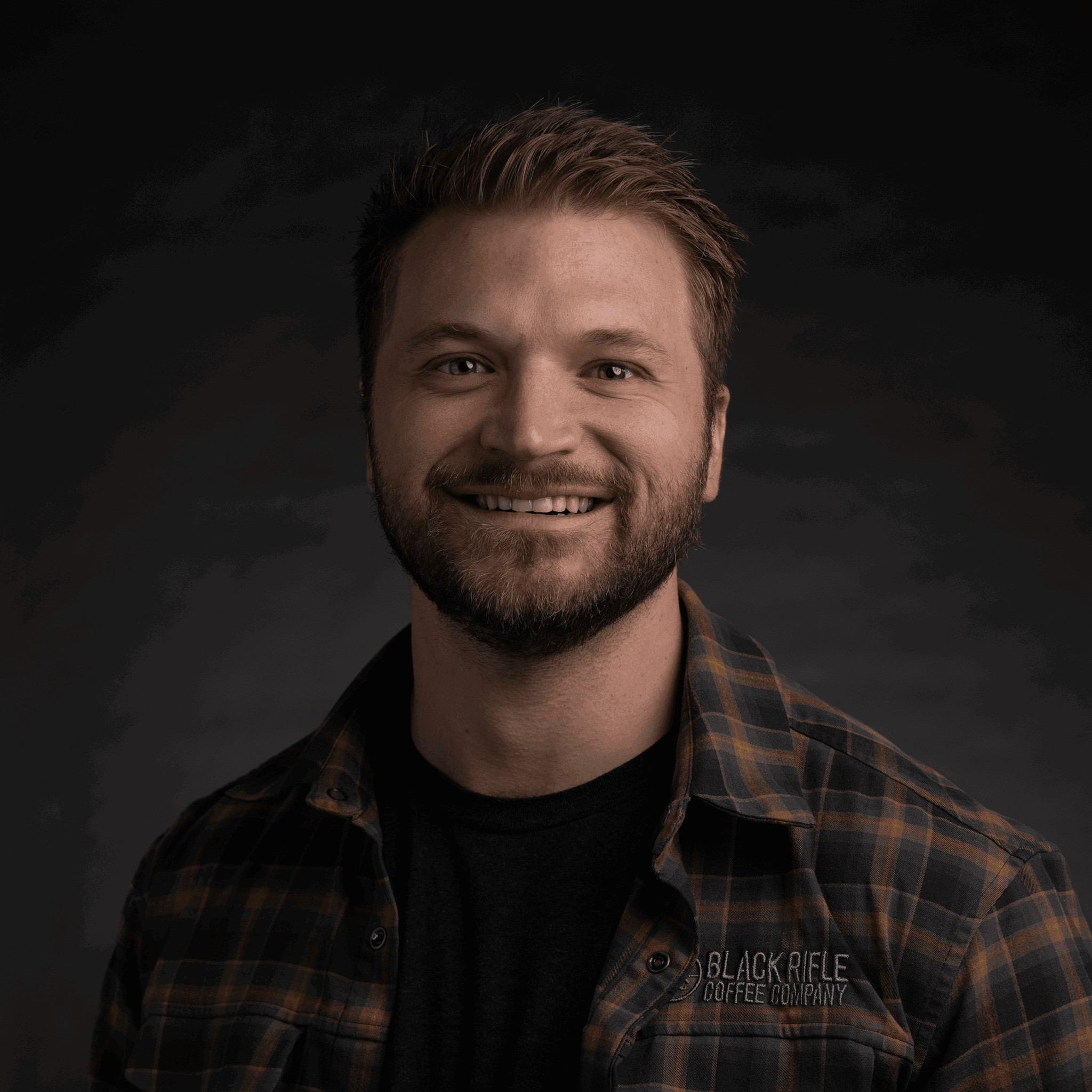
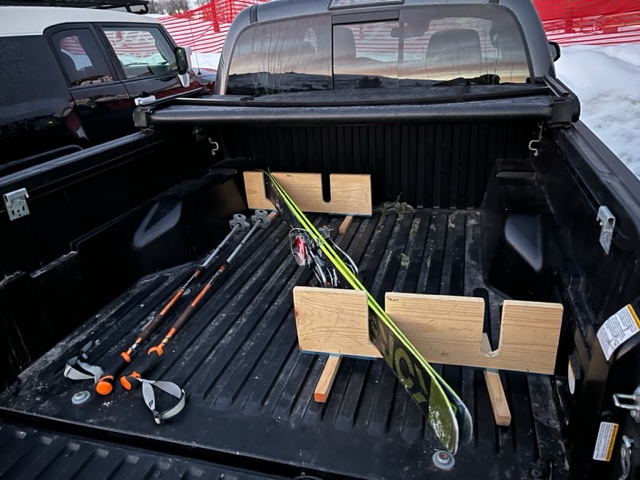
Ben, love having you share your insights with us. Before we ask you more questions, maybe you can take a moment to introduce yourself to our readers who might have missed our earlier conversations?
When I was in the Army, my first duty station was Ft. Carson, in Colorado Springs, Colorado. During the winter, my friends and I would go skiing as often as we possibly could! We all drove trucks but didn’t want to buy and install a roof-rail system, then crossbars, then clamps for all of our skis (the all-in cost for that is $1,000+). So we just tossed all of our equipment into the bed of the truck and they inevitably got dinged up edges, scraped top sheets, and existed in a disorganized mess in our trucks.
Being in the Army, I didn’t have the bandwidth to think of a solution, but I knew that if we had this problem, other people must as well. When I left the Army 7 years later, my family and I moved to Park City, Utah. I still drove a truck, and even though it was a shorter drive to the slopes, I still just threw our skis into the truck bed and the equipment always got trashed. But now I wanted to do something about it.
I received my bachelor’s degree in mechanical engineering, so I have some basic experience in product design, CAD, material science. I put pen to paper to mockup my first prototype and then went to Home Depot to make my first Rackd System out of wood. The Rackd worked exactly as I needed it to, but it looked sloppy and exactly how you’d imaging a DIY project to look. But at this point, I didn’t have any plans to commercialize my concept – I just wanted a solution to my problem. So I used it all season and was proud of my invention.
About half way through the ski season of 2022-2023, people started noticing what I was up to. Nearly every time I’d go to the mountain and would load or unload my truck, a passerby would ask me “where’d you get that”? I’d kindly reply that I made it in my garage, and started asking questions about what they liked, how much they’d pay for it, and what they would do to improve it. Enough of these conversations convinced me that I was onto something, so I began work on a more scalable version of my Rackd system.
I put my CAD skills to work and created a Rackd model that could be cut from a 3/4″ HDPE plastic sheet, and found a guy off Facebook Marketplace who had the machine to do the cutting. I could make 3 systems from a 24″x24″ sheet of plastic, so I purchased all of the hardware needed for assembly and a drill press and table saw to do precision fabrication. By the spring of ’23 I had my own little workshop in my garage setup for making Rackds for people. I ended up making and selling 7 systems to family and friends, who were all very encouraging and supportive of my endeavor. I told everyone I was on a mission to make ski transportation for truck drivers more affordable and easy.
The part of my story where I really began to conceptualize Rackd as a business was in my MBA program with the University of Utah. In a marketing class, I learned how to walk an idea from concept to market by analyzing and answering a series of questions about the idea. Questions like, what is the value proposition? What is the market segment, targeting, and position that this idea is going after? How does this idea compare to other products in the market? What is the supply chain needed to bring this product to market? Formalizing answers to questions like this helped me understand how I should bring Rackd to market and be successful. So I applied all of these lessons, formalized a business with the state of Utah, and began to sell my innovation on Etsy. I sold out of all my inventory by the end of the year, and have looking to scale both production and reach ever since.
Running a business, building something from scratch and bringing it to market is hard. Especially when you have a full time job and a growing family, you only have so many hours in a day where you “move the ball forward”. But if you really believe in your idea, the struggle to balance it all stretches you and helps you realize your true potential. That is what I’ve learned by starting Rackd, and I’m excited to see how far I can go with the business.
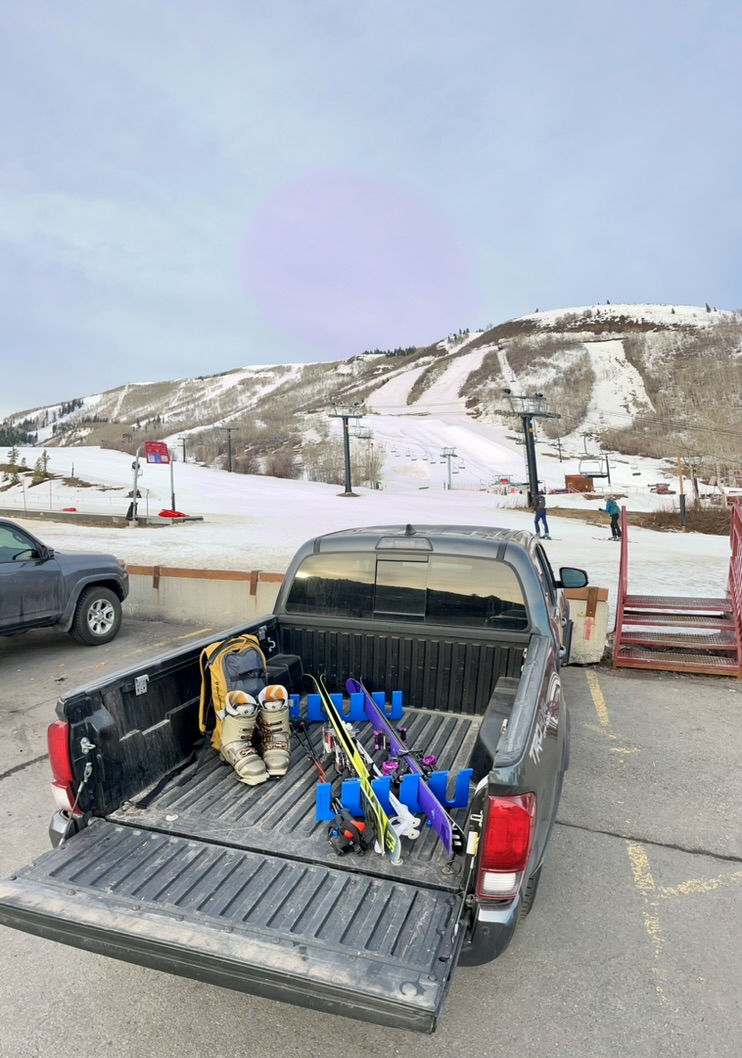

We’d really appreciate if you could talk to us about how you figured out the manufacturing process.
With the exception of cutting the HPDE boards with a giant CNC machine, I do all of the fabrication, assembly, and packaging at my house. I’m decently handy with tools, and learned how to safely use almost every basic machinery tool in college. I knew that if I wanted to scale and be efficient, I couldn’t “make to order” a Rackd. The process time is just too long, and at the rate I was receiving orders, I’d be spending all of my time creating them one by one. So I batch the manufacturing process, creating enough of each part to make 5-6 full systems at a time. This helps me keep my inventory up and ready for new sales, while not having to devote entire days to just making Rackd systems. Since I still have a full time job, wife, and kids, there are only so many hours in a day!
I have enjoyed making the products at home – it has allowed me to tweak and perfect the design to the extent I know how. But I’ve found a manufacturer who can do the process start to finish, and will significantly reduce my COGS. So I’m excited for this next step in scaling!
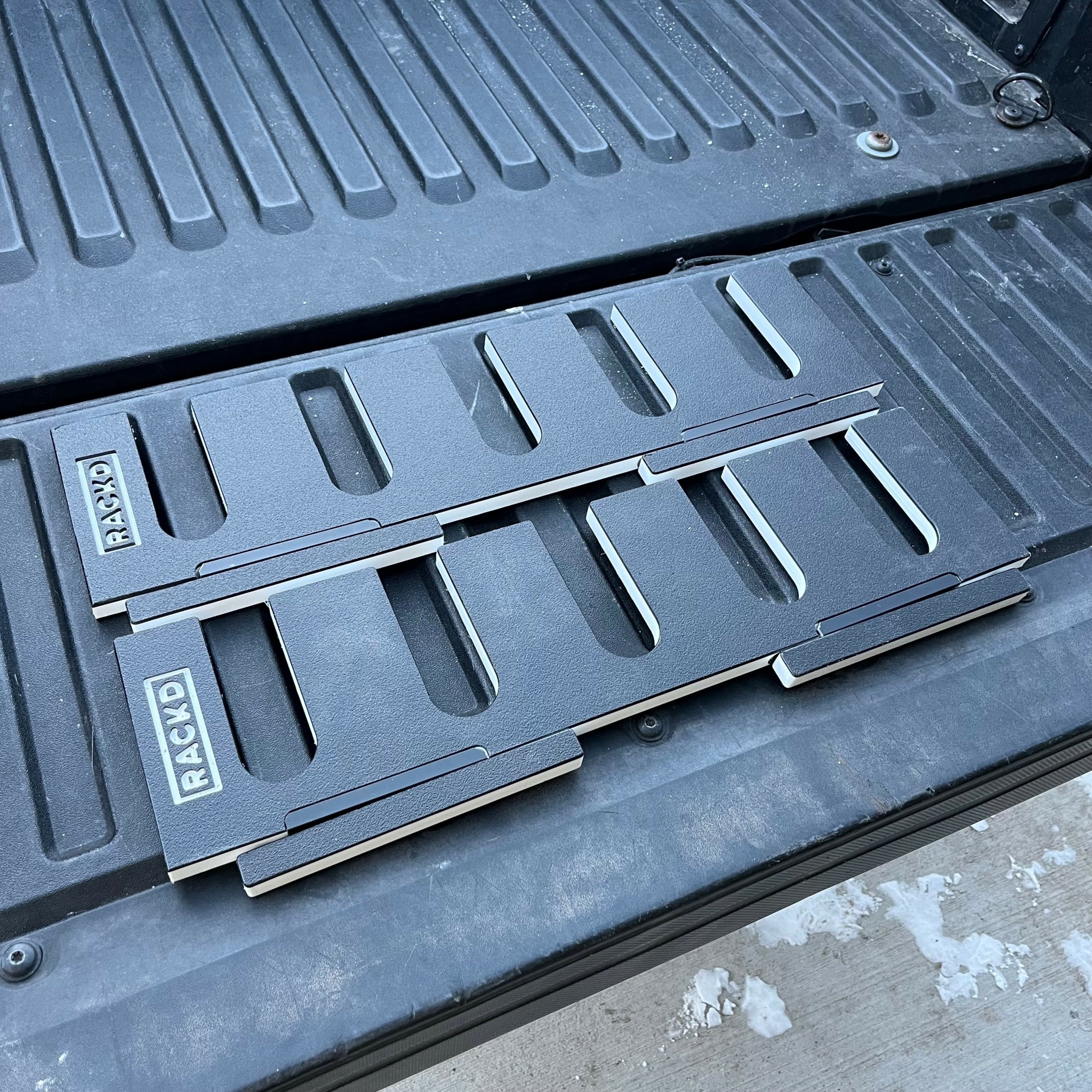
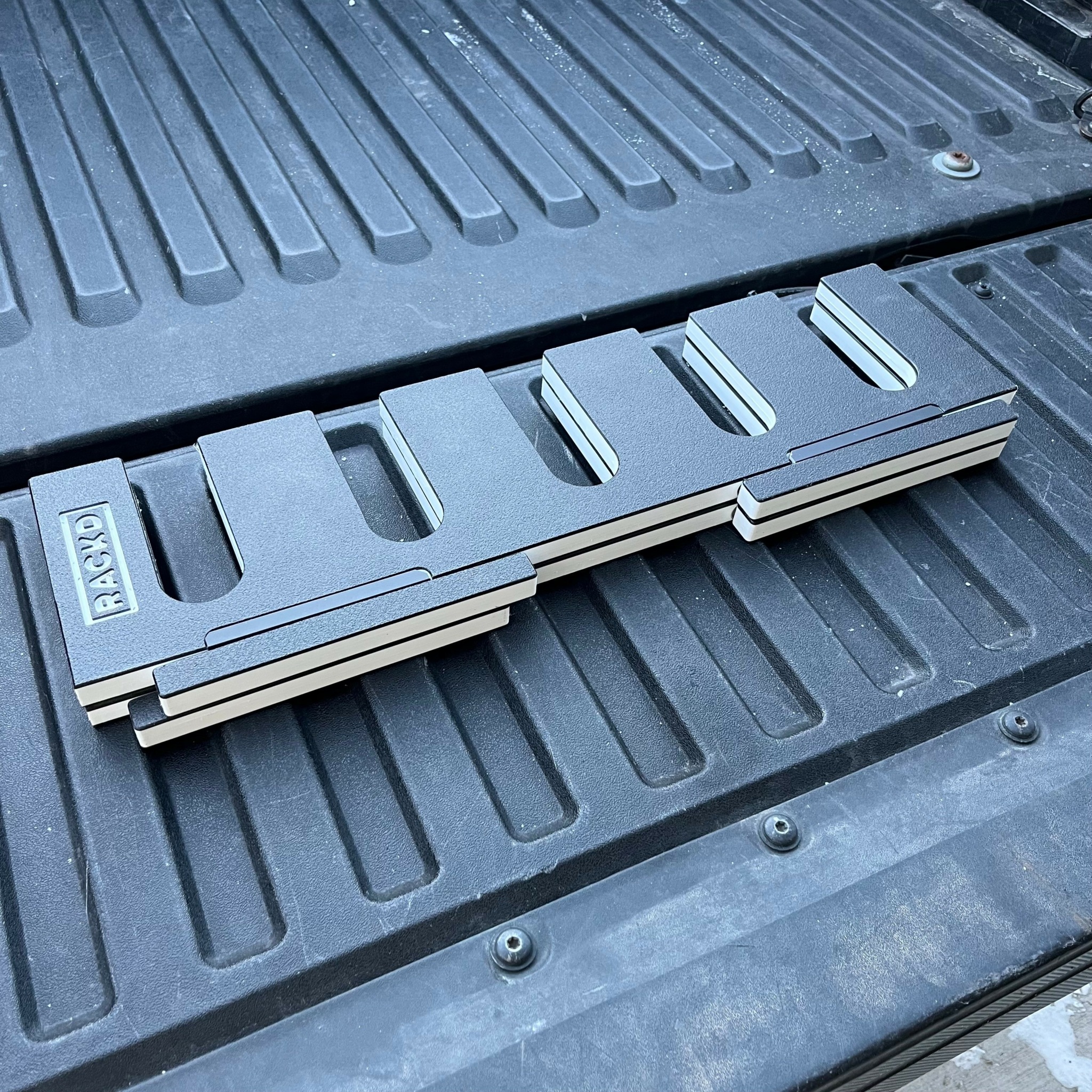
We’d love to hear your thoughts about selling platforms like Amazon/Etsy vs selling on your own site.
I currently sell on Etsy. I had heard that it was a good place for DIY and niche solutions, and has broad, national reach. So I started there and pay $5 for Etsy ads. I have enjoyed this service, as it has brought dozens of new customers without me needing to stand up a social media page and have to constantly create new content for my audience.
At scale, I plan to sell on Amazon and Walmart.com – my target demographic shops for truck parts there, as well as new, innovative solutions to things. But those platforms take a steeper cut than Etsy, so right now it just isn’t economical. But it will be soon!
Contact Info:
- Website: https://www.etsy.com/shop/RackdSystems?ref=shop-header-name&listing_id=1715823773&from_page=listing
